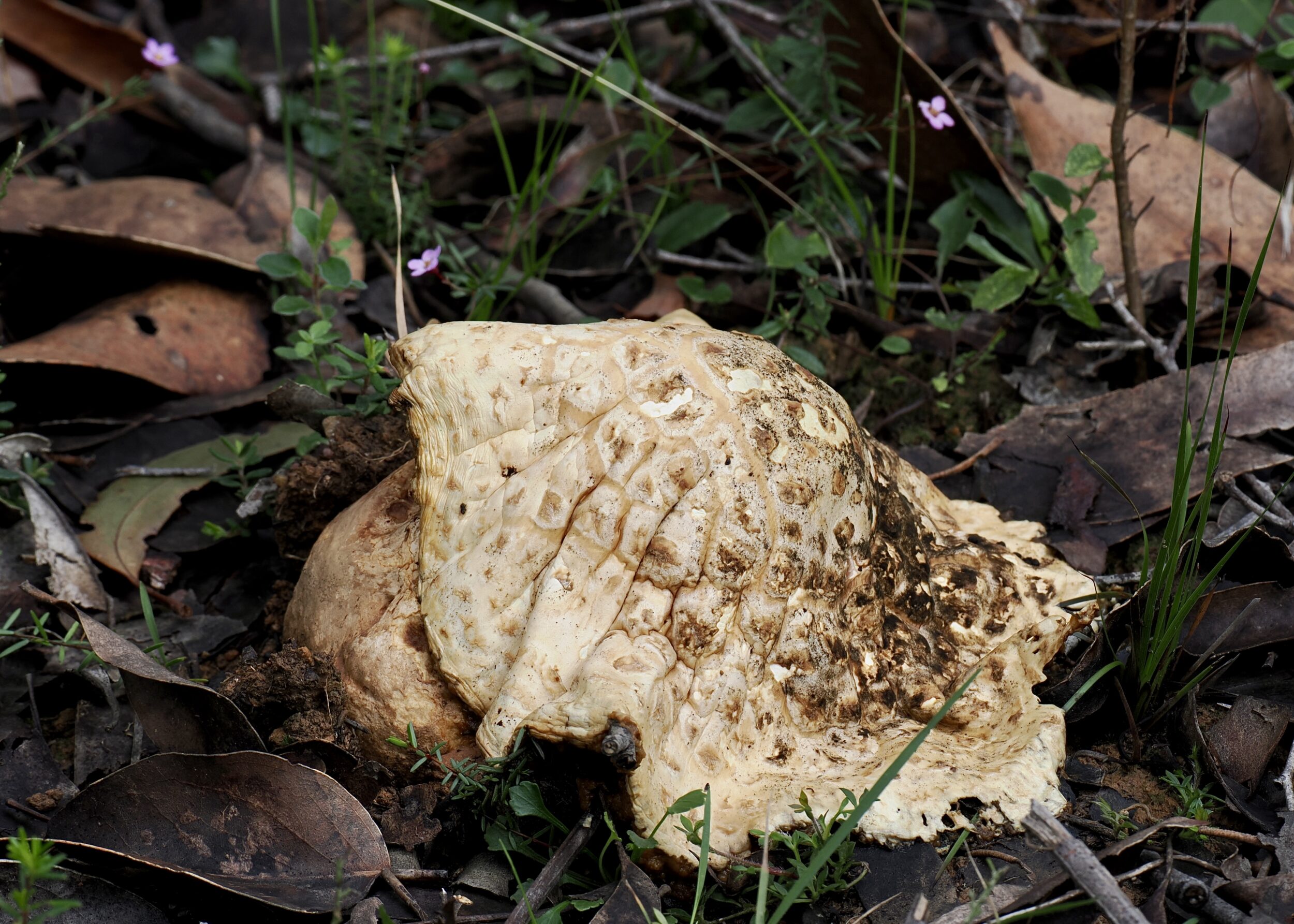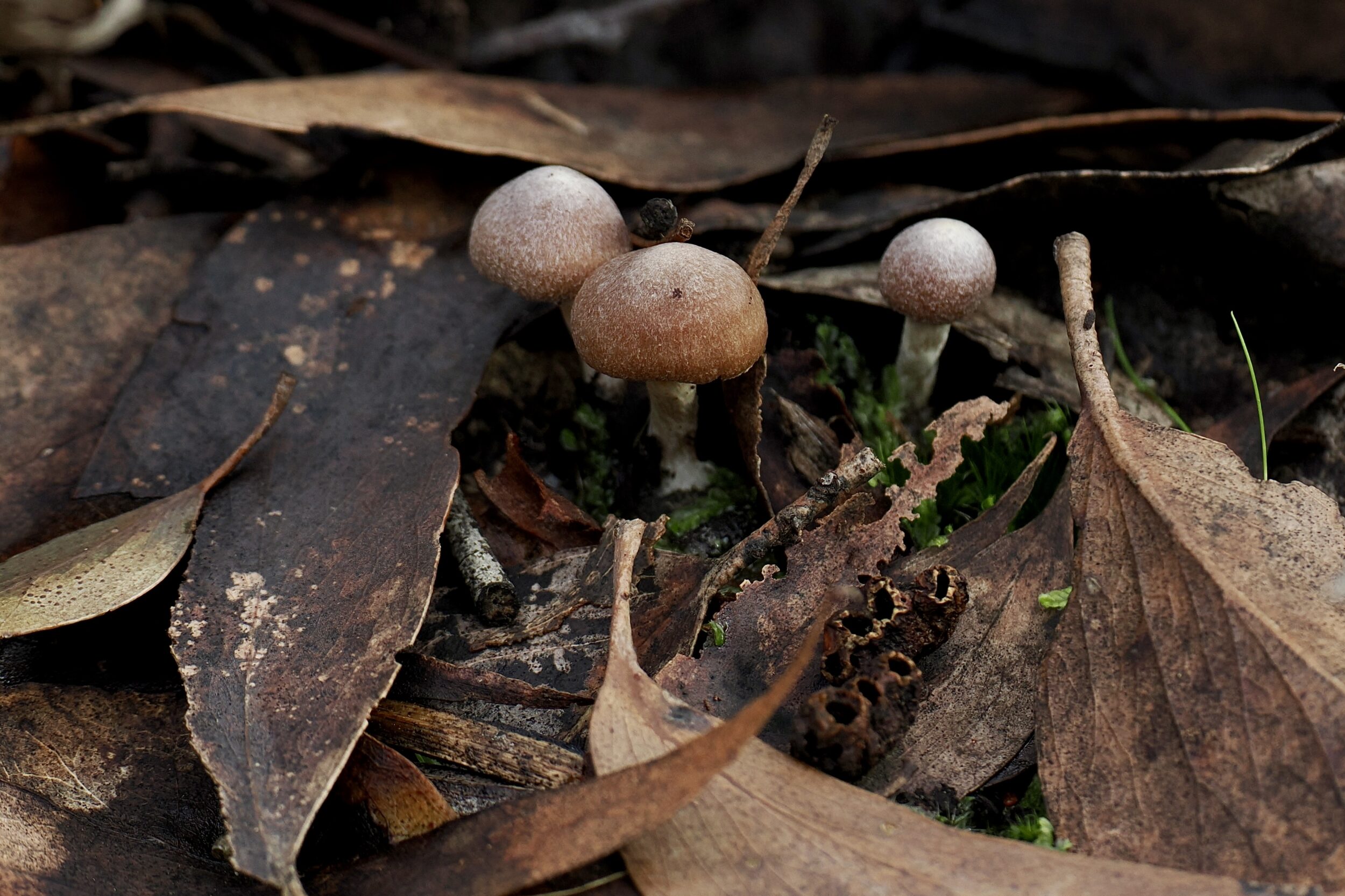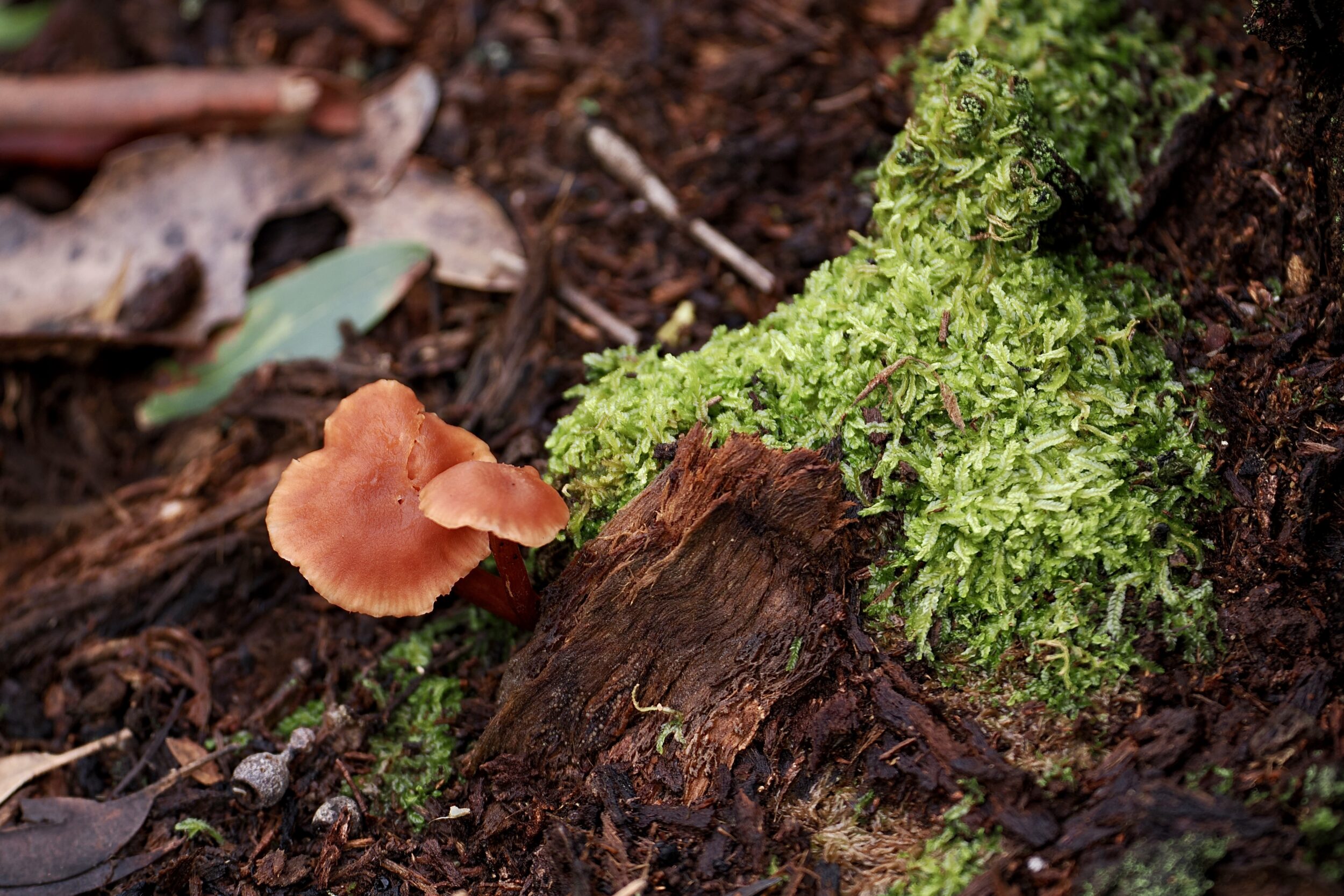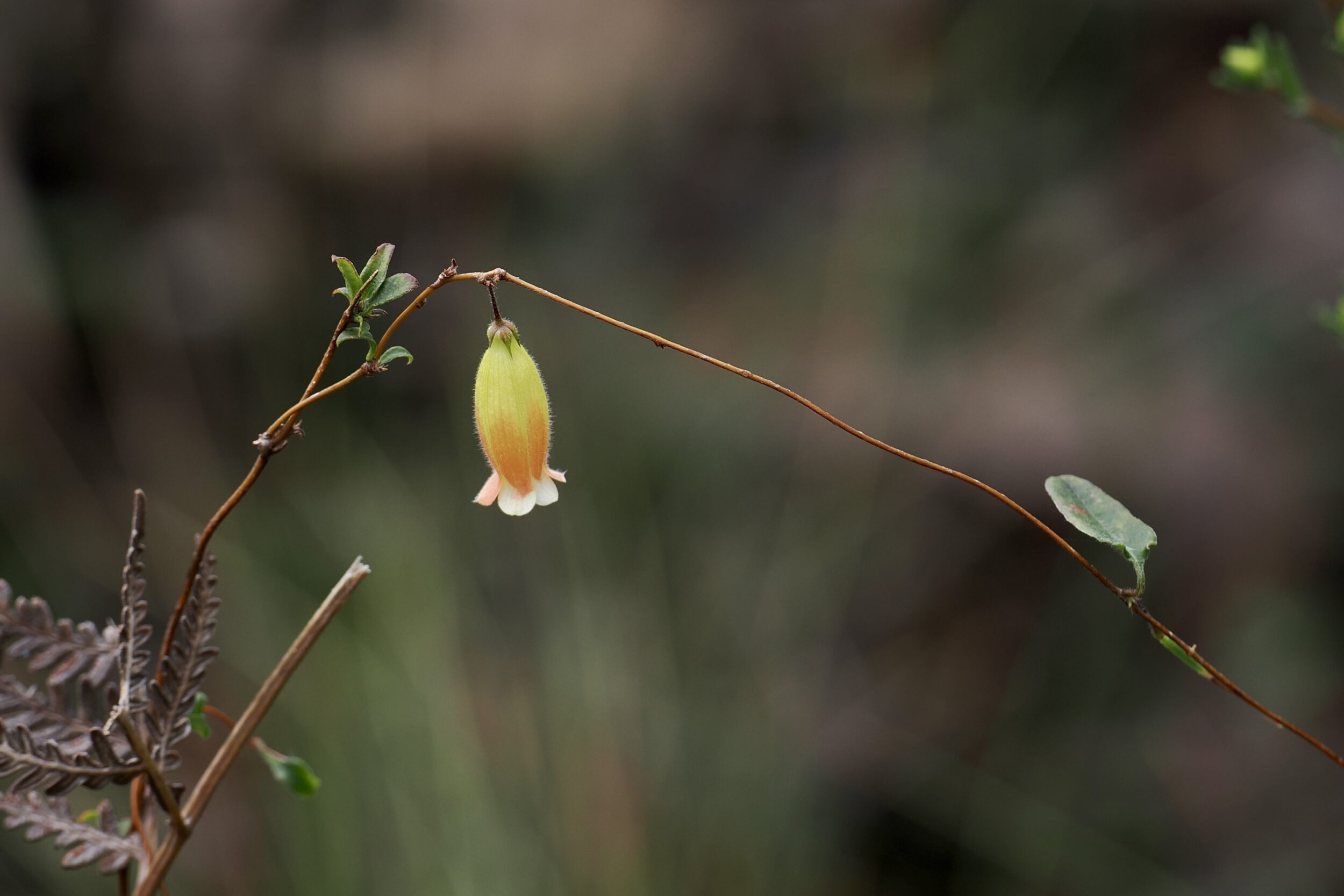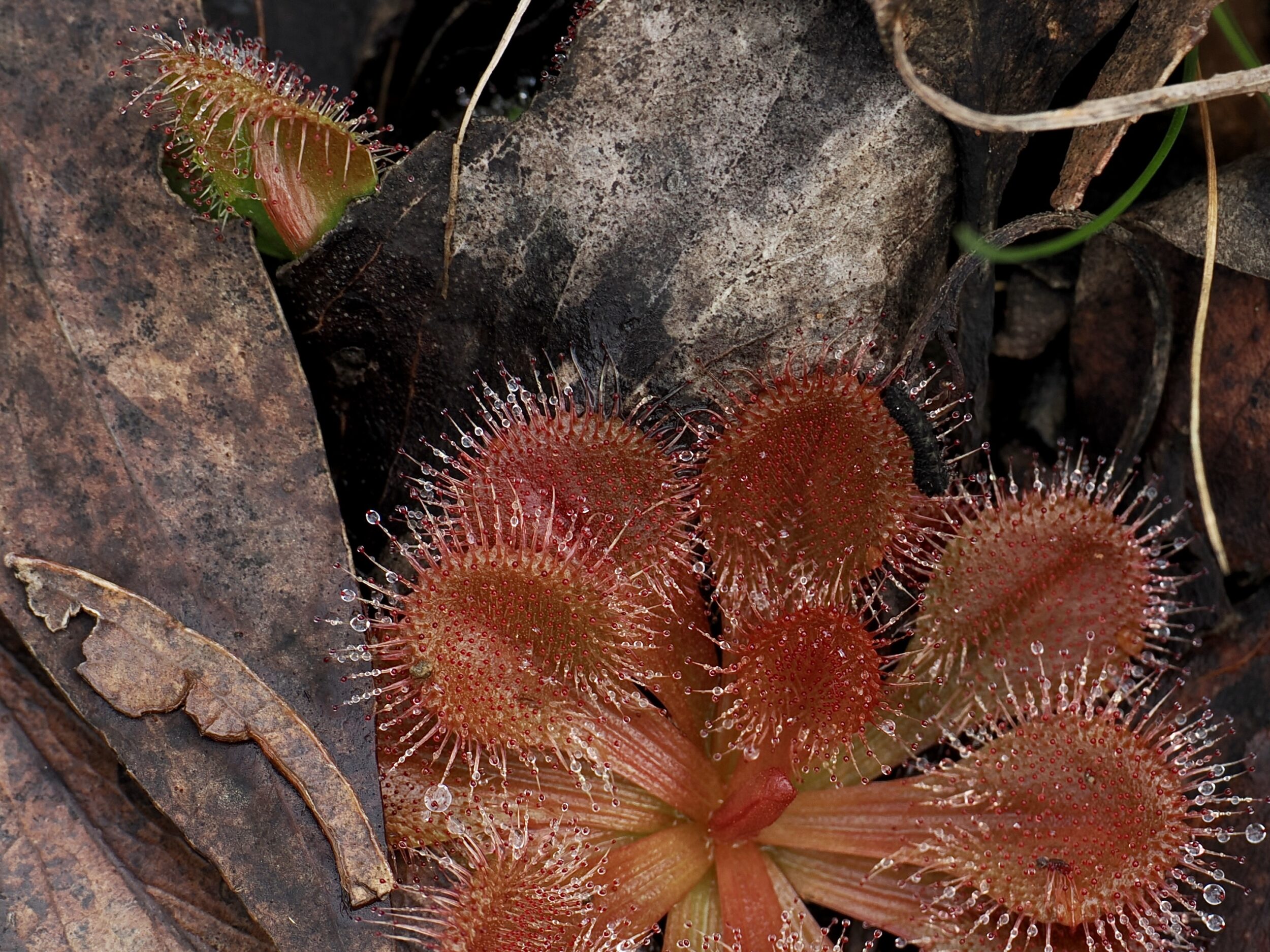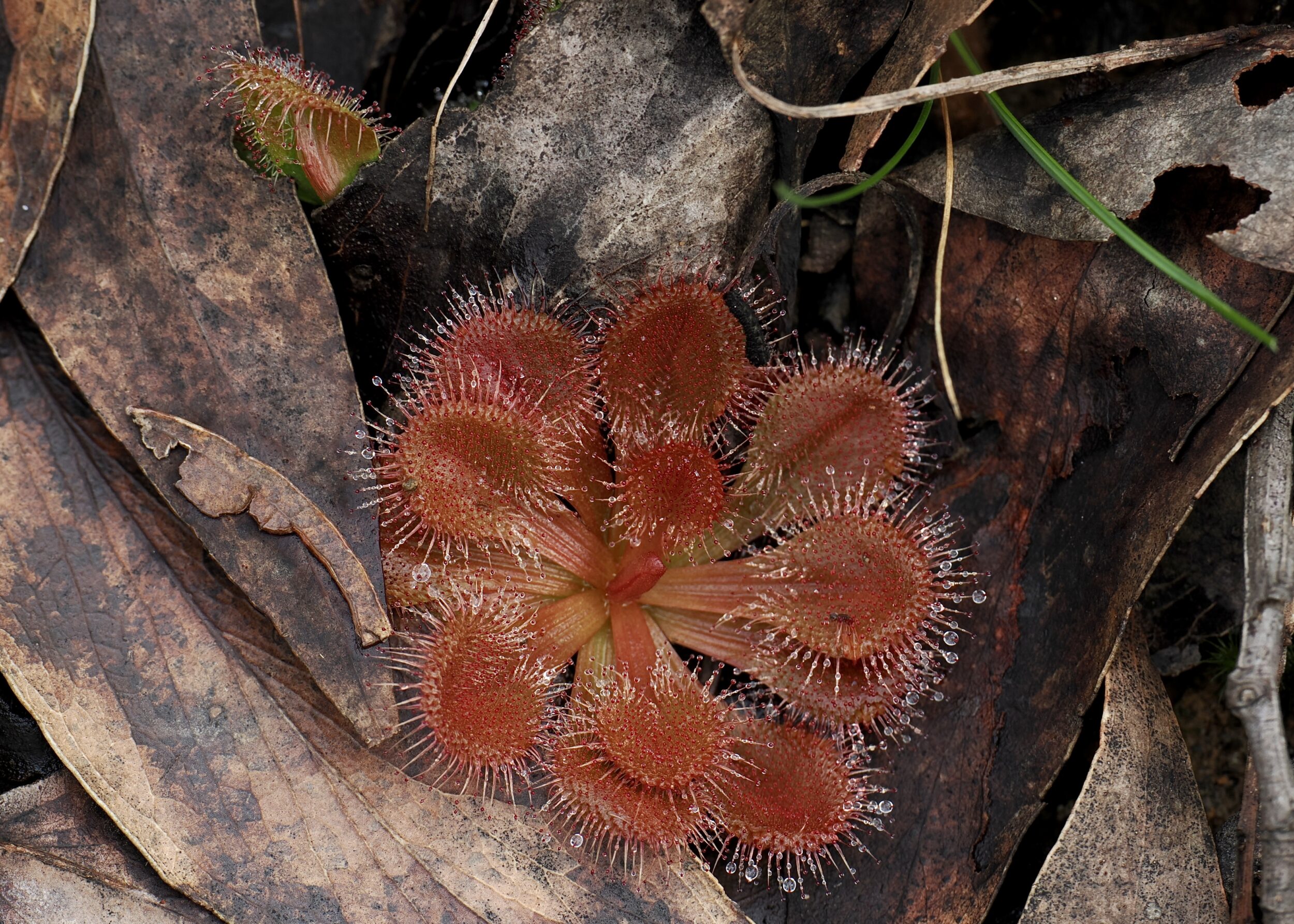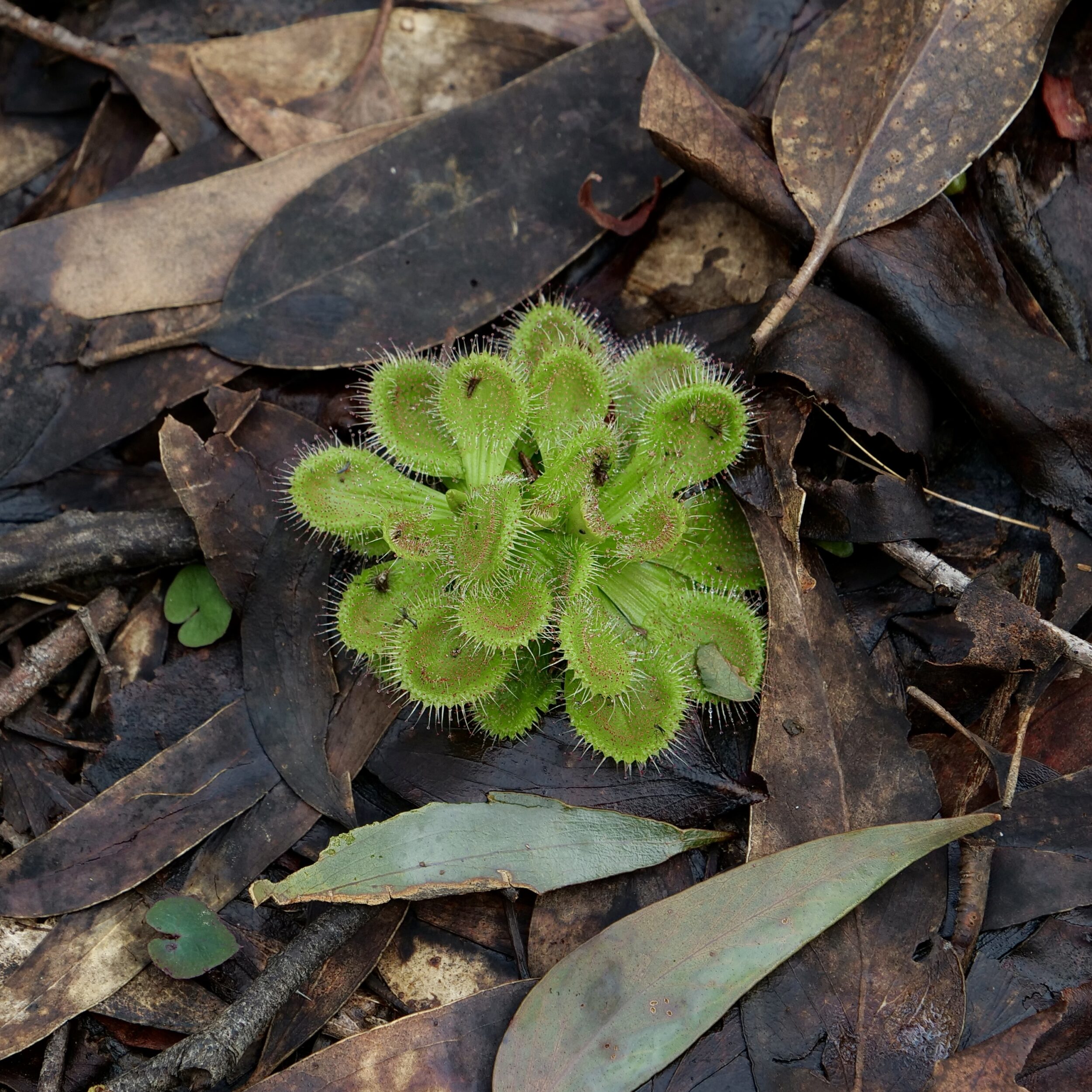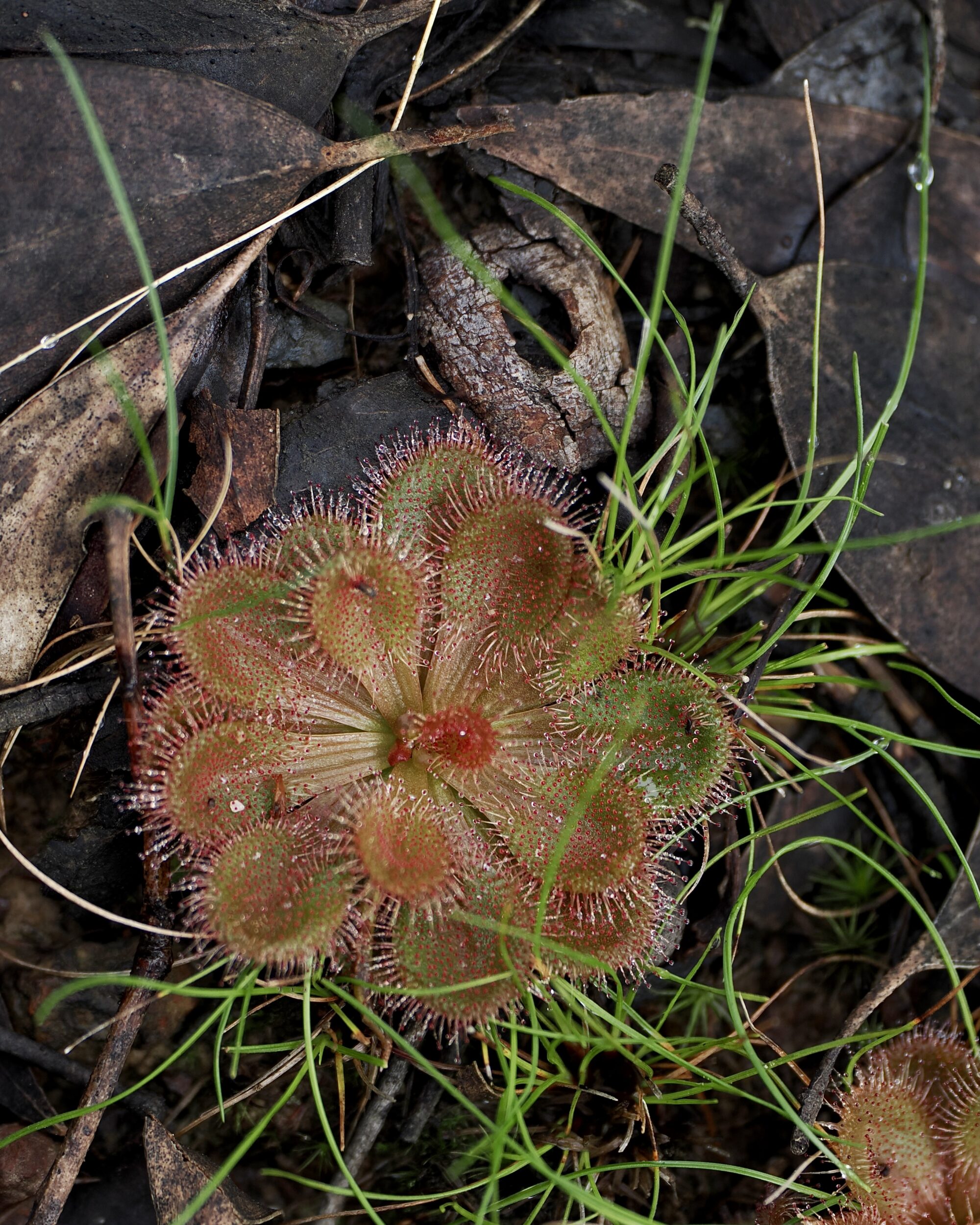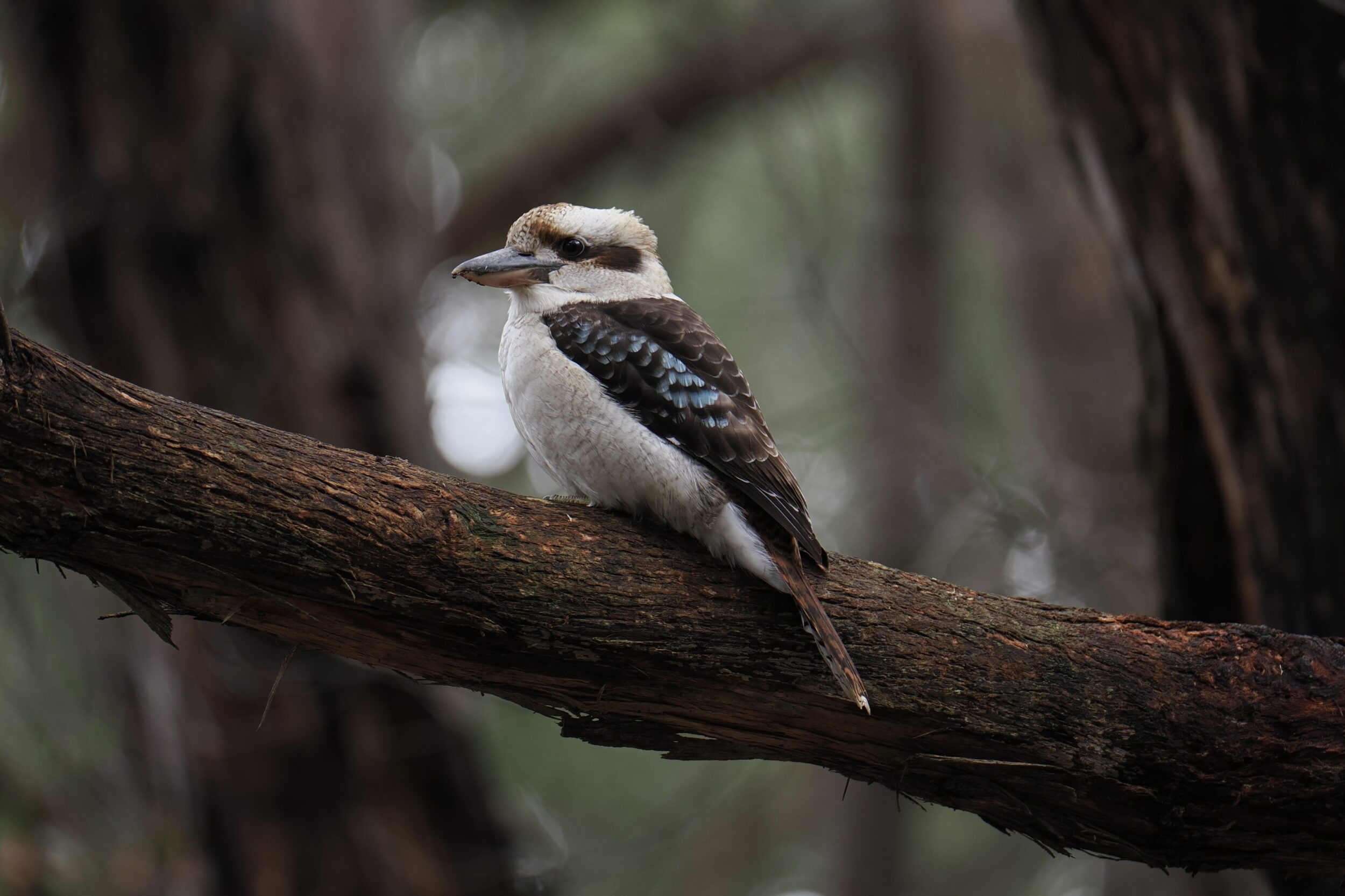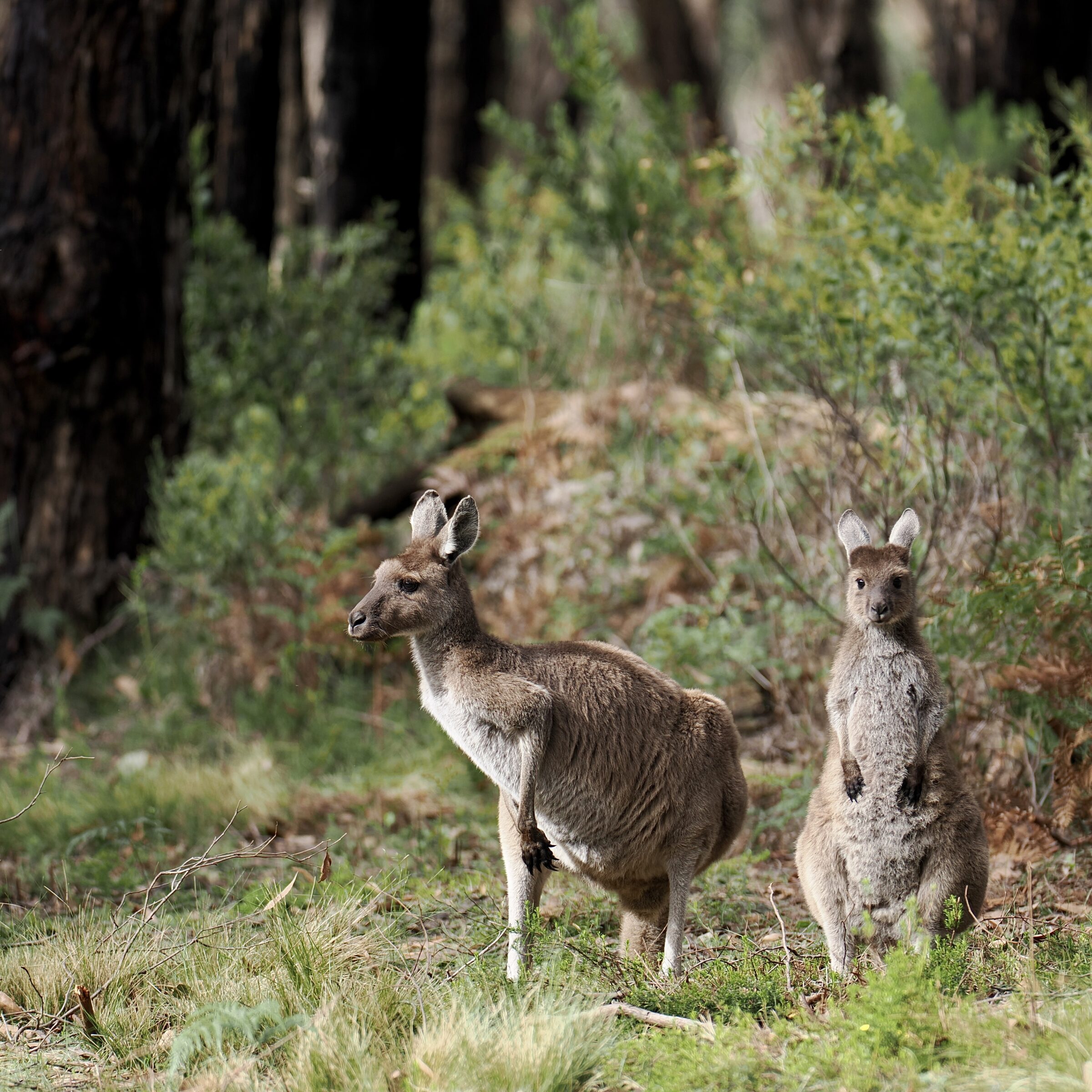Q: if you walk in Deep Creek Conservation Park’s old-growth stringybark forest, what is the largest carnivorous (as distinct from omnivorous) fauna species that you are highly likely to see at close quarters?
A: Dacelo novaeguineae, pictured above, in said forest at 11 am on 20 June 2023. (photo is ©️ Doug Spencer)
Better known as “the laughing kookaburra”, this usually-sedentary tree-dweller lives and hunts in woodlands and forests.
It is the world’s largest kingfisher, albeit one that generally never – or very rarely – is able to hunt fish. (however, any human silly enough to place a lidless aquarium on an exposed verandah, within range of any kookaburras’ very acute eyesight…)
Most Australian humans’ attitude to this bird is anthropomorphic, sentimental, and unconnected to its actual behaviour/intent.
